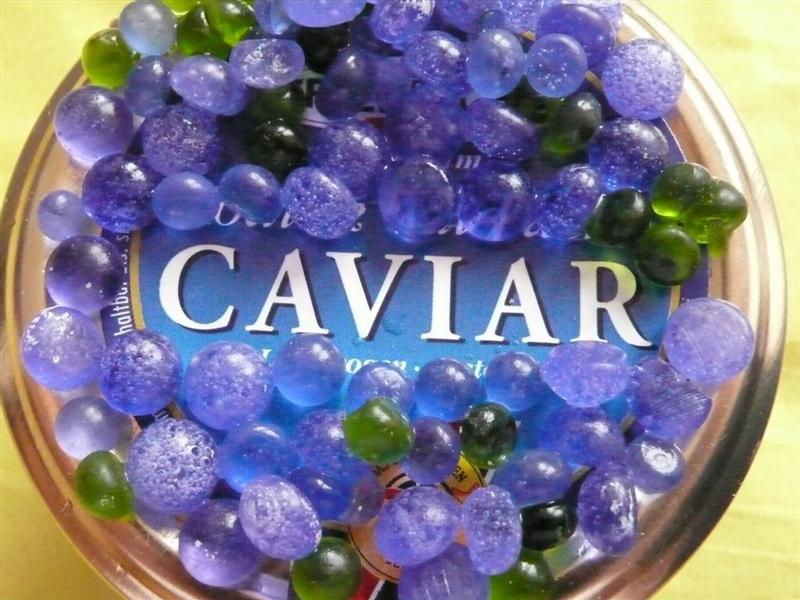Caviar of fertilisers - former Russian researchers for weaponry present in FAL first functional phosphate fertiliser based on glass
After three years of research and development, a consortium of researchers from St. Petersburg in Russia, the Otto-Schott-Institute in Jena and the Institute of Plant Nutrition and Soil Science of the Federal Agricultural Research Centre (FAL) in Braunschweig (photo 1) achieved their aims: a functional phosphate fertiliser designed on the drawing-board. Compared to traditional phosphate fertilisers which are usually produced by dissolution of phosphate rock with acids, this functional fertiliser is a fusion product of basic substances used for manufacturing glass and pure phosphates (photo 2). The particular advantage: variation of major compounds, duration and temperature in the smeltering and cooling process yields materials with solubility features that differ widely. So, different glass compositions can be adapted to a solubility in 2% citric acid of only a couple of days to up to four years. Thus it is possible to adjust the release of phosphate from the fertiliser to phosphate demand of the plant. The phosphate utilisation efficiency of the new fertiliser product is more than twice as high as that of phosphate fertilisers which is generally around 10% in the first year of application. This effect is beneficial for the environment as less phosphate is prone to be lost to groundwater and surface waters.
The Russian researchers worked previously at the Research and Development Institute for Optic Materials in St. Petersburg. During the times of the Cold War research focussed on developing special glasses serving as carriers for micro-organisms and the production of lasers. At that time the researchers observed that some glass mixtures blinded quicker than others under adverse environmental conditions. This effect was counter-productive for former targets, however, in peaceful times it was the basis for the idea of a new fertiliser product: glass that dissolves controlled and thereby releases phosphate for plants.
This ambitious project was financed by the European Union and NATO with view to maintaining the technical know-how of former weaponry researchers in the Soviet Union and to avoid their migration into other sectors that can not be controlled.
The idea for a new fertiliser product was the basis for the foundation of a company by the Russian colleagues. They are now looking for prospective clients who are interested in the production technique. This might be difficult as the caviar among fertilisers has like the original productive not only exquisite features, but is also correspondingly expensive with a price which is about 10 times higher than that of commercial products.
For more information see: Lipovskii et al.: Principal studies on phosphate glasses for fertilizers. Landbauforschung Völkenrode 4/2007 and
http://www.avamarket.com/J_English/m.htm
Contact: Prof. Dr. Dr. Ewald Schnug and Dr. Jürgen Fleckenstein, Federal Agricultural Research Centre (FAL), Institute of Plant Nutrition and Soil Science, Bundesallee 50, D-38116 Braunschweig, Germany, phone.: +49531 596 2101; E-Mail: pb@fal.de
Weitere Informationen:
http://www.avamarket.com/J_English/m.htm - more information
http://idw-online.de/pages/de/news218121 - deutsche Version der Pressemitteilung
Die semantisch ähnlichsten Pressemitteilungen im idw



